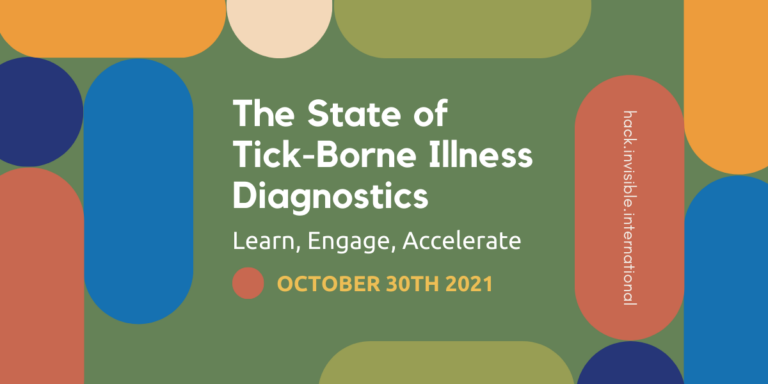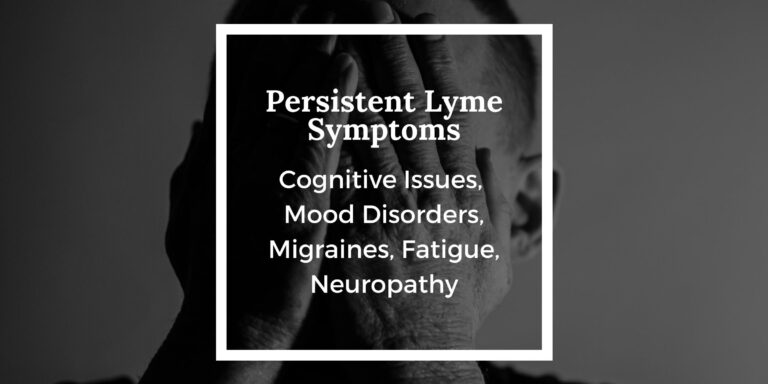Neuropsychiatric Lyme symptoms: A new masterclass
Invisible International has just released an important medical education course on neuropsychiatric symptoms associated with Lyme…

Invisible International has just released an important medical education course on neuropsychiatric symptoms associated with Lyme…

In Invisible’s latest medical education course, Monica Embers, PhD, associate professor of microbiology and immunology at…

In our newly released medical education course, a Dublin-based infectious disease physician-researcher raises the alarm about…

Lyme disease affects children more than any other age group, but the young ones are often…

The World Health Organization (WHO) has added 15 new medical diagnostic codes for Lyme disease, which…

In this free medical education course, Kenneth Liegner, MD, a New York-based internist who has been…

In the free medical education course, “Serologic testing in Lyme disease,” Elizabeth L. Maloney, MD, a…

Invisible International is launching a yearlong “Tick-borne Illness Diagnostics Development Incubator,” starting with an online briefing,…

A retrospective study of 270 post-treatment Lyme patients identified the most debilitating neurological symptoms, paving the way for…

Two tick-borne disease experts, a physician and a researcher, discuss the many ways Lyme bacteria evade the immune…
End of content
End of content